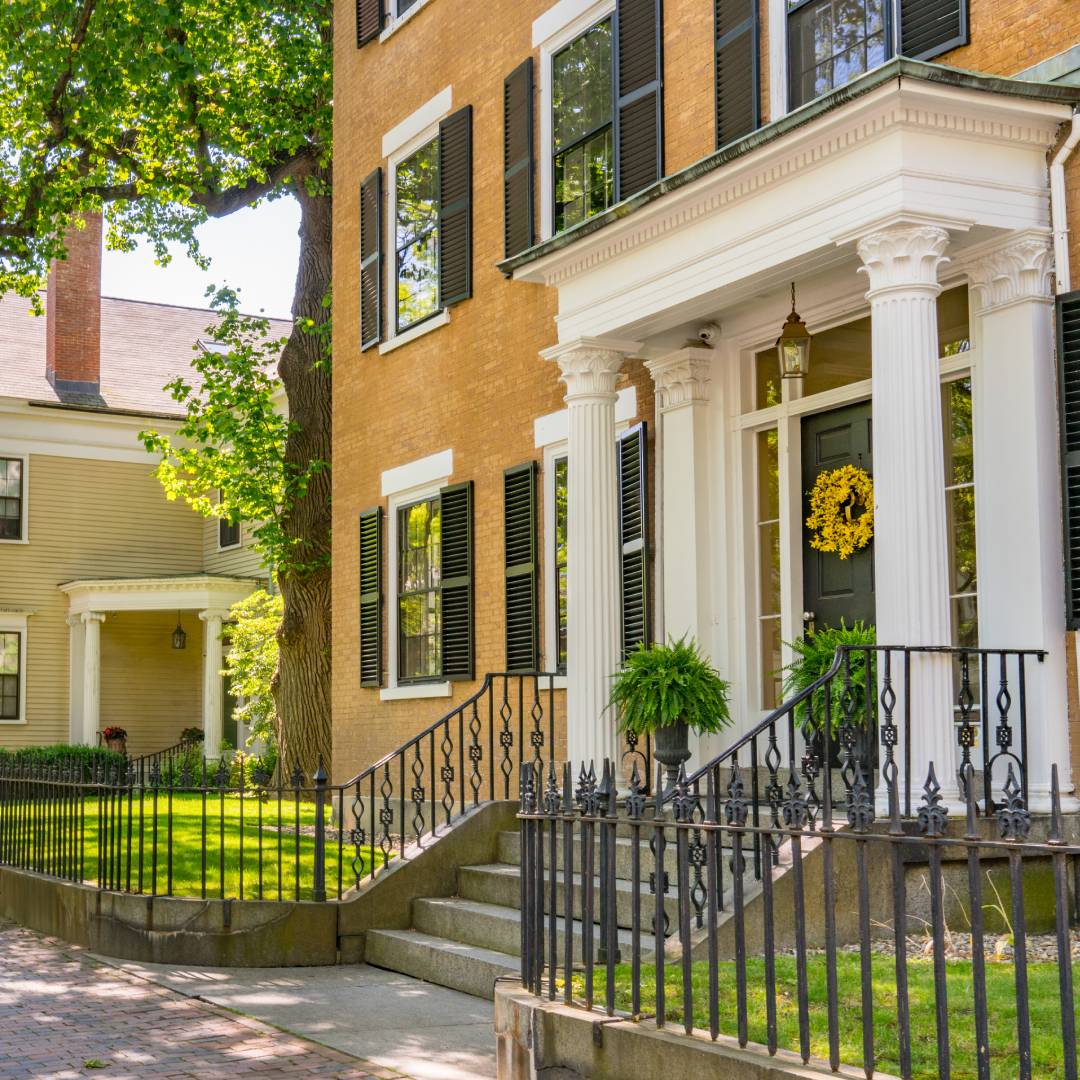Owning a historic home comes with a unique set of joys and challenges, steeped in architectural beauty and cultural heritage that modern properties can’t replicate. However, maintaining these treasured structures can be a daunting task, as it involves balancing preservation with contemporary comfort and innovation. For homeowners eager to enjoy the charm of the past while embracing modern living standards, the art of thoughtfully updating a historic home becomes essential. Read on and discover four helpful tips for modernizing your historic home.
Integrating Smart Home Technology
You can integrate smart home technology into a historic home without sacrificing its character. Begin with simple upgrades like smart thermostats and lighting systems. Consider choosing wireless solutions to avoid invasive wiring that could damage historic elements. Additionally, hidden speakers and smart security systems can enhance functionality while remaining unobtrusive. By carefully selecting compatible devices, homeowners can enjoy the convenience of modern technology without compromising the aesthetic integrity of their historic home.
Upgrading Household Efficiency
Enhancing both energy efficiency and water conservation in a historic home requires a thoughtful approach that respects the original structure. First, consider going solar by installing panels in a location that minimizes visual impact; these can significantly reduce the home’s reliance on traditional energy sources while preserving its aesthetic integrity. Insulation improvements, such as adding storm windows or draft-proofing existing ones, can maintain the desired temperature, reducing strain on heating and cooling systems. For water and waste conservation, low-flow fixtures and dual-flush toilets can be vital additions that allow homeowners to minimize water usage effectively. Where possible, implement rainwater harvesting systems that can serve irrigation or non-potable household needs.
Overhauling Landscaping
When overhauling landscaping for a historic home, strike the right balance between maintaining historical accuracy and introducing modern, sustainable practices. Start by researching the historical landscape design elements that are coherent with the house’s original era, but don’t hesitate to incorporate contemporary, eco-friendly solutions. Permeable paving, for instance, can enhance drainage while preserving the historic look of pathways. Moreover, introducing an efficient irrigation system ensures that the landscape remains lush and vibrant with minimal environmental impact.
Incorporating Contemporary Designs and Styles
When incorporating contemporary designs and styles into a historic home, remember to maintain a harmonious blend between the old and the new. Start by selecting modern furniture and decor that complement the home’s existing architectural features, opting for neutral tones and minimalist forms that highlight, rather than overshadow, the historic elements. Introducing open-plan spaces where possible can enhance the flow of the home and create a light and airy ambience. Use modern lighting fixtures to draw attention to period details and adapt modern materials and finishes in subtle ways to accentuate classic features.
These tips for modernizing your historic home ensure that you preserve the original character of your treasured property while incorporating modern elements for improved functionality and efficiency. By striking a balance between preservation and innovation, homeowners can enjoy the best of both worlds in their unique historic homes.

